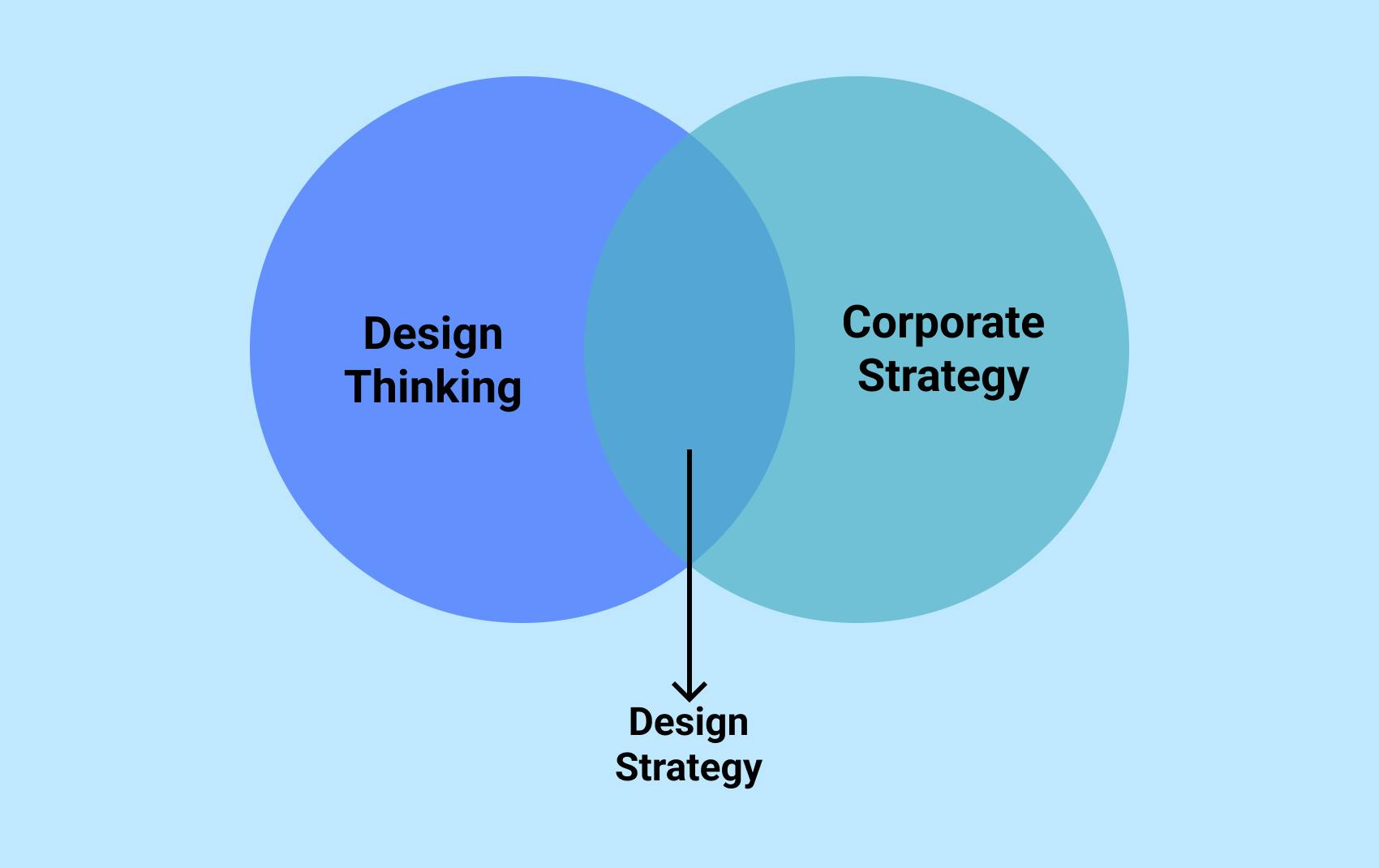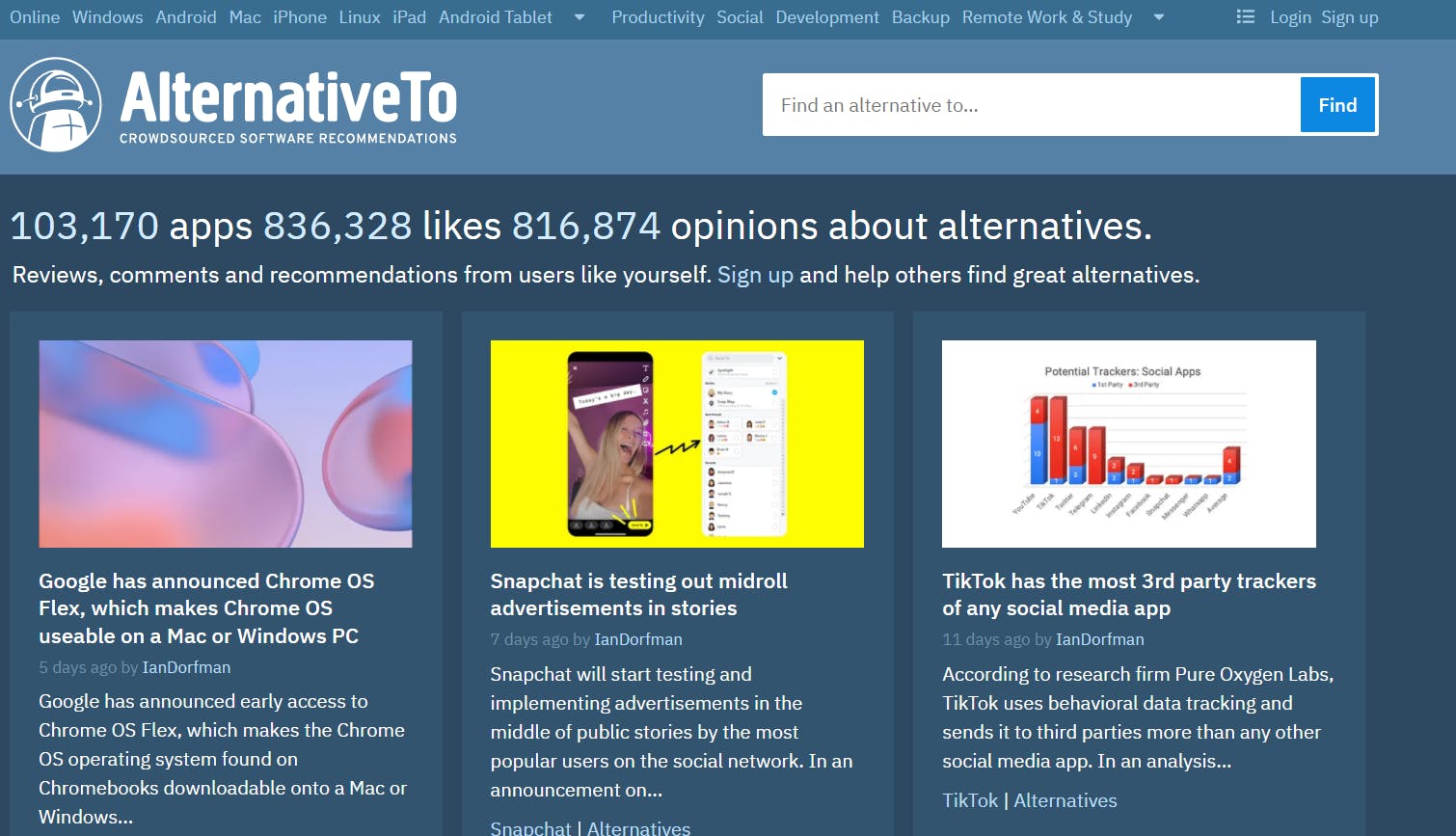Becoming a Serial Designer and Idea explainer.
The must-have for all creatives.
Table of contents
No headings in the article.
Designers have vivid imaginations , which sometimes may not be a viable solution to business problem. These imaginations can only be useful when there is less information asymmetry, (Information asymmetry is a gap between business Strategy and customer need, which often lead to design debt).
Design Strategy, an intersection between corporate Strategy and Design thinking help scope business problems. Defining problems is the backbone of design Strategy, and this require a designer to strike a balance between Human needs, human centric problem framing, creative brainstorming and prototyping.
 Design Strategy image
Design Strategy image
There are different modes of framing a problem, The best is you approach a design problem with divergent solutions, then you use some of the things that motivates your customers (i.e price, security, reliability) , empathy, uncertainty and failures to develop a convergent solution.
Well, different problem require different approach, ill-Defined problems are generally easier to solve, because most of the solution still point to a certain metric for success. However, for a Wicked problem, which are generally complex and ambiguous to solve (i.e improving the quality of Education, battling Climate change), a divergent-convergent approach help minimize the information debt, then the series of problem which result from the ultra-filtration of the wicked problem can now be solved serially. Battling a wicked problem require a multidisciplinary team working with a handful of end-users.
 {Divergent-Convergent approach}
{Divergent-Convergent approach}
Corporate Strategy , (also known as integrated strategic plan) which is a combination of different strategies to achieve the business end goal comprise of,
- Risk Management(R.M): Opportunity risk, uncertainty risk, hazard risk.
- Financial Strategy (F.S): Balance sheet, income statement, cashflow statement and financial projection
- People and Culture : Work place culture plan , workforce planning, productivity plan, succession and legacy.
- Customer acquisition and sales: Marketing strategy, Content strategy Combination of this four section is what make or break any business.
 {Corporate Strategy Image}
{Corporate Strategy Image}
Let's apply design strategy explained above to this sample problem: "Fiat and cryptocurrency have some pros and cons, and they both exist at the extreme of most business transactions, It will be profitable for businesses to combine the pros of the two world, Design an experience to help users manage crypto and fiat transaction in a single system"
Analyzing this will require the four tenet of design strategy which is human need, human centric problem framing, creative brainstorming and prototyping. But first of all, we need to define what class of problem is this. Here we are trying to merge two different system in to a single entity, since we can out-rightly give a high level overview of the solution without further research, which make this a ill-defined problem.
Also, every human need to exchange value in return for a monetary reward, which is the basis of any transaction. With this fact we have been able to depict the Human need in this problem statement. We can now reframe the problem statement as "Designing a unified system for secured fiat and crypto transaction".
Now, we have identified the need and also reframe the problem statement, to the point that the you can easily pitch the whole idea to an investor in an elevator. [yea, your elevator pitch game just got a turbo boost.]
For you as a designer, The fun part begins here, you reach out to the product manager/CEO for a 15 minutes chat where you fill the sections on the business model canvas (Grab a copy here) , you get the whole corporate strategy. most of the time you only need to know the marketing strategy and the Opportunity risk, sometimes you can request for the business model canvas to help you understand the end-to-end business process. Yea, you may encounter some friction, but just reply with a smile and say, "We need to find a gap in our business model, and also be sure that this gap is either a severe migraine or just a little headache", The "We" simply shows you are good team player, and also show you as a good business investment from an employer perspective.
With all the information gained so far, you should be able to find an existing product or service, for me, I use www.alternativeto.net to search for the any software product. Here you get actual user reviews, product pricing and supported platforms. With this, you can draft a product/Service blueprint of any competitor to visualize to see how they fixed the gap in their business model. once you find that, you have a validated solution.
However, you may want to improve the solution, this will require you to engage in a primary market research. Here you define research plan, which mostly contain your participant mix {a sub-section of your end users}, research protocol (your preferred user research method), and also the type of data you wish to get at the end of the whole research. You can use this sample document for a guide.
From your primary market research, you would have gotten some data about your ideal end user, You can now create your ideal user persona, which will contain the invaluable details of the problem. With this persona in place, drafting a empathy map (simply put, you are putting yourself in the shoes of your end users) to show what they hear, say, think and feel in relation to the business propositions. You can duplicate and format this document to fit your need.
Now you are connected to your ideal user on an emotional and logical level, coming up with a concept to answer users objections should be easy right? Yea it should but not always the case. This bring us to the development of a concept poster, this is similar to wireframe, but it has some section for you to include some objections that were not answered with your concept. You can grab a copy for your next project.
All this while you are yet to draw a single stroke on your favorite design tool , [mine is figma X Framer]. now you can start creating frame for your prototype to show your team.
P.S: Point out how each section/component in your prototype relate to the problem using some visual cues [i.e Hover interaction in figma] to reduce the number of questions you will answer.
The purpose of this whole process is to prevent creative rut, some call it blank canvas syndrome, but with this approach you stand a better chance of creating an experience that 10x the loyalty of any business customer base.
Well , it is your design task ,you can start anyhow you feel, but by empowering yourself with enough data, you serve as an advocate for end users in any business.
Starting with all this process may feel overwhelming at first, with practice you start to realize how useful it is. It is not necessary you follow this process as outlined above, be creative. You can include one at a time, once you are comfortable with that, add another one.
For the sample problem on merging Fiat and Cryptocurrency transaction, checkout the comprehensive details here.
Connect with me on Linkedin, let's build the future of design together.

